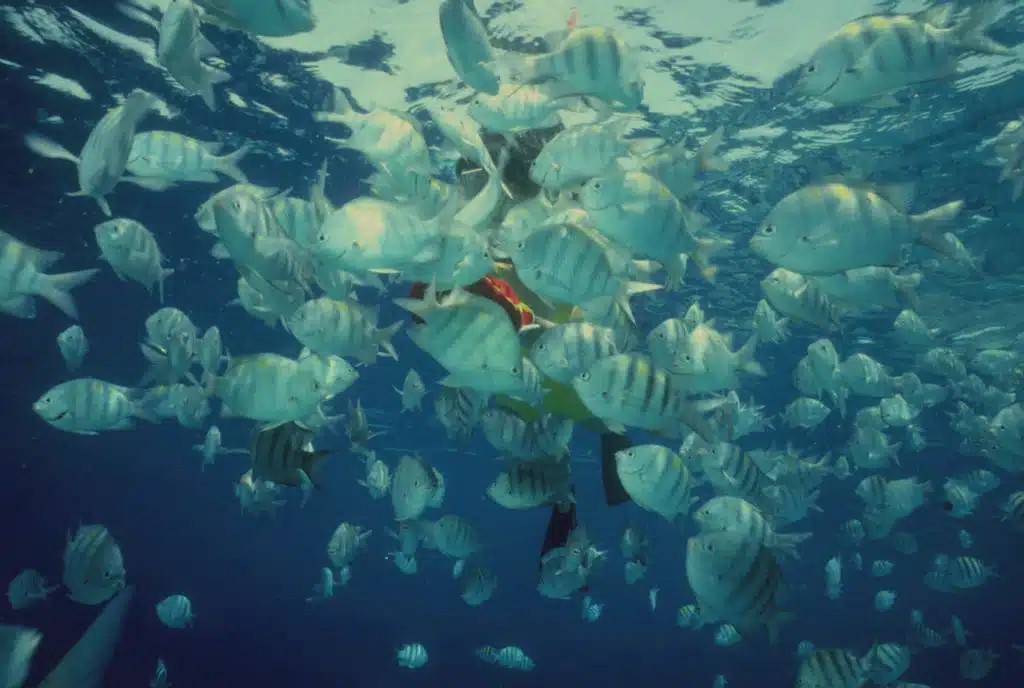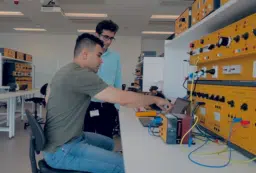Bluefin tuna use three times as much oxygen as other fish their size, making them more difficult to culture. That’s just part of the valuable information uncovered by University of Adelaide PhD student, Quinn Fitzgibbon and his colleagues in a study where they monitored live tuna swimming inside a 350-tonne “waterbed”.
The research team also found that tuna also use twice as much energy processing their food as any other fish, and so need to eat more to grow.
“Because of their high oxygen and energy demands, we think of tuna as the V8 race car of the fish community,” Fitzgibbon says. “Their large, finely-tuned mechanisms support great performance, but use a lot of fuel and are expensive to run.”
While tuna farming has quickly grown to be Australia’s most valuable aquaculture industry-worth about $300 million annually, mostly supplying the international sashimi market-until now little has been known about these large, strong fish because of the difficulties of studying them.
So the information the research team is collecting is important. It is being used in models that describe the energy needs of growing tuna.
It will also help tuna farm managers ensure the health of their fish and assist in the design of best feeding strategies, so as to maximize productivity and profitability.
By installing a sealed bag or waterbed made from reinforced plastic into an ocean tuna farm, Fitzgibbon was able to measure the consumption of oxygen of the tuna inside.
Tuna are introduced through a sealable port and can spend weeks inside, happily swimming around and feeding. The bag has probes to measure oxygen levels in the water, video cameras to record the tuna’s behaviour, and lights that turn on at night so filming need never stop.
This innovative four-year research project has opened a window on the unique physiology and ecology of this fascinating fish, Fitzgibbon says.
He has been working with scientists from South Australian Research and Development Institute (SARDI) Aquatic Sciences, and supported by the Aquafin CRC and its Participants, including the Tuna Boat Owners Association of South Australia, the SA government and Fisheries R&D Corporation.
Quinn Fitzgibbon is one of 16 early-career scientists presenting their research to the public for the first time thanks to Fresh Science, a national program sponsored by the Federal and Victorian Governments.





 Fresh Science is on hold for 2022. We will be back in 2023.
Fresh Science is on hold for 2022. We will be back in 2023.